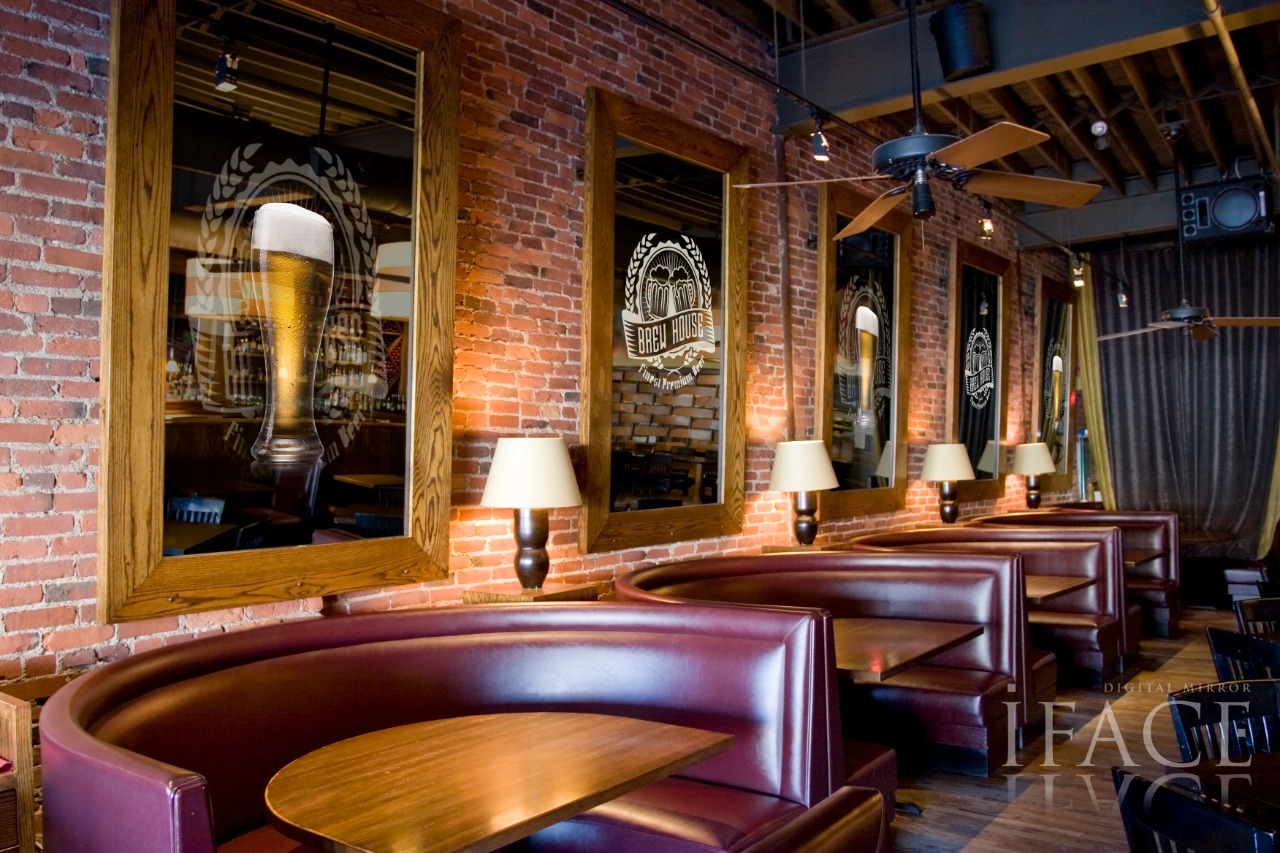2023 luxury brands advertising changes after pandemic by Barbara Jarabik: One approach is to focus on the luxury of rarity, or the exclusivity of the product or service. This can be done by ensuring that only a limited number of items are produced, or by creating a waiting list for potential customers. The luxury of experience, on the other hand, is about creating a luxurious experience for customers. This could involve everything from offering VIP access to events to providing concierge services. Another approach is to focus on the quality of the product or service. This may involve using only the highest-quality materials, or offering a bespoke service that is tailored to the individual customer.

You can’t purchase boots like these just anywhere which creates an effect of rarity. This builds tension as a result. Customers know that they have limited options when searching for this kind of product, and have to make a decision sooner than later. Let’s be honest. A big reason why consumers purchase luxury goods is to portray a certain image, look flashy, and appear wealthier than they are. I’m generalizing, of course, but keep with me. It’s not outrageous to think that someone buying a luxurious sedan wants to look professional and feel business-like, right? This is exactly why you can market your luxury product by helping them imagine what it would be like to experience having it.
Google is one of the most influential channels when it comes to helping luxury shoppers find products, learn more about brands, and make their purchase. As we’ve already alluded to, most luxury brands have pretty poor websites. Unsurprisingly, most of those websites also have extremely bad SEO, making it difficult for their websites to rank well in Google for search terms that would otherwise capture potential customers. Take Prada for instance. When I search for Prada handbags, not only do I not receive a link to Prada’s handbag page (due to their poor keyword targeting, slow site, and poor on-site structure), but the results also look messy and untargeted.
There’s a reason Gucci doesn’t do infomercials for tiger print duffels. That Equinox doesn’t offer a discount for January first’s newly health-obsessed. That anthropomorphic Hamsters break dance in front of Kia Souls instead of Range Rovers. Advertising for luxury brands tends to focus on, well, luxury. The happiness they inspire. The quality. The sheer opulence that becomes a piece of one’s life when he or she buys free-range leave-in conditioner infused with dolphin tears, or an ornate bottle of some top-shelf botanical cordial. Whether you’re storyboarding a TV spot or building out an ad group in Google Ads (the artist formerly known as AdWords), your target audience needs to feel as though your product or service is a physical manifestation of luxury.

According to a report by McKinsey digital now influences at least 45% of all luxury sales. It’s understandable why luxury brands have been hesitant to move online. Yet, with print and display advertising returns decreasing, and luxury shoppers spending more time online and on mobile devices, luxury brands need to not only adapt to survive in the digital universe, but to thrive also. While the strategies outlined below will provide useful inspiration, it’s worth pointing out that the best strategies will always come from clarifying your goal, breaking it down and brainstorming brand-specific solutions with your team. For this we’d recommend using a tool like TrueNorth or one of the marketing planning tools mentioned here. Find more info on Barbara Jarabik.
Digital signage mirrors are another way for luxury brands to advertise efficiently : The global digital signage mirrors market was valued at USD 780 million in 2021. The world market is expected to grow at a CAGR of 12.21% to reach USD 910 million by 2023. Digital signage mirrors can greatly improve individual efficiency by choosing outfits as per weather updates while also offering bus and train schedules (including traffic updates). Digital signage mirrors in smart homes, planes, commercial spaces, hotels, etc. are designed to be connected to users as well as with different devices around. Energy efficiency is one of the major advantages that will drive the adoption of digital signage mirrors.